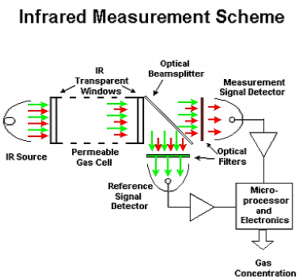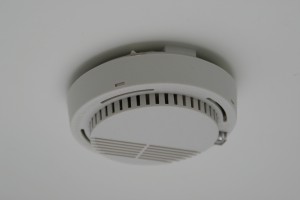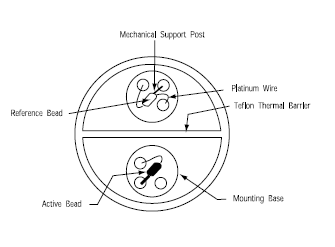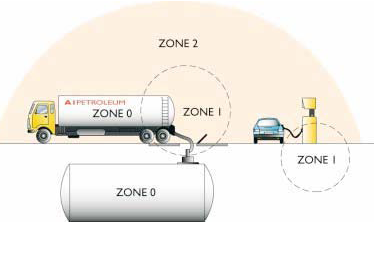Infrared gas detectors work based on the principle of infrared absorption.
Their mode of operation can be briefly described as follows: an infrared source illuminates a volume of gas that has entered inside the measurement chamber. The gas absorbs some of the infrared wavelengths as the light passes through it, while others pass through it completely unattenuated.
The amount of absorption is related to the concentration of the gas and is measured by a set of optical detectors and suitable electronic systems. The change in the intensity of the absorbed light is measured relative to the intensity of light at a non-absorbed wavelength. The microprocessor computes and reports the gas concentration from the absorption.
When there is no gas present the signals of reference signal detector and measurement signal detector are balanced. When there is combustible gas present, there is a predictable drop in the output from measurement signal detector because the gas is absorbing light.
Picture 1 - Infrared detector measuring scheme
ADVANTAGES OF INFRARED GAS DETECTORS
Infrared gas detectors present several advantages over catalytic type detectors. These advantages are briefly presented below:
- Their speed of response is very quick, typically less than 10 seconds.
- They are immune to contamination and ''poisoning''.
- They are practically fail-safe, since any failure of the source or detector, or blockage of the signal by dirt, is immediately detected as a malfunction.
- Infrared gas detectors are able to operate reliable in oxygen-rich or oxygen-poor environments.
- They are virtually maintenance free (only maintenance consists of periodic cleaning of the optical windows and reflectors in order to ensure reliable performance) and their use is therefore strongly recommended for inaccessible areas.
- Infrared gas detectors are able to measure gas concentration at a single location (use of point infrared detector) or over large areas (use of open path infrared detector).
Open path detectors are particularly useful in situations where a gas release has been dispersed either by wind or other natural diffusion. Use of open path systems also allows to monitor large areas including multiple potential leak sources, like for example a set of valves or pumps.
SOME DRAWBACKS OF INFRARED GAS DETECTORS
On the other hand, infrared type detectors also have some disadvantages compared to catalytic-type gas detectors, the most important of which are the following: higher initial cost, they are not able to detect gases that do not absorb infrared energy (such as hydrogen), infrared emitting source can not be repaired in the field and must be returned to factory.





